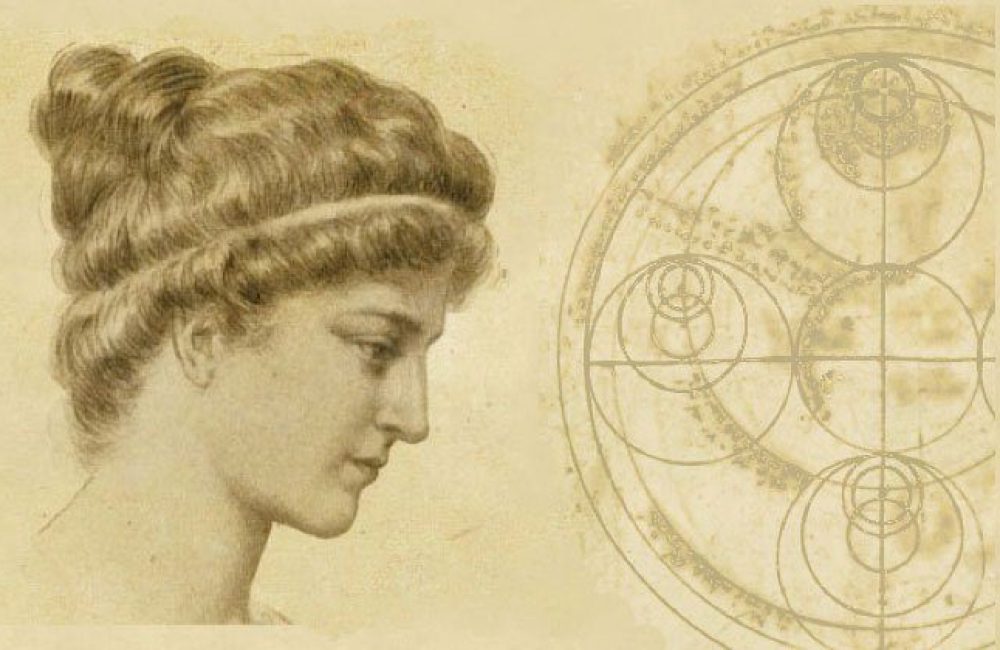
by Gnostic Muse | Apr 23, 2018 | Divine Feminine, Notables
Excerpt from the Great Initiate Women by Guillermina Bautista Sanchez: Hypatia was born in Alexandria, in Egypt, and lived from the year 375 to 405 A.D. Hypatia was the daughter of Theon, who taught her mathematics and astronomy from an early age, when he was a...
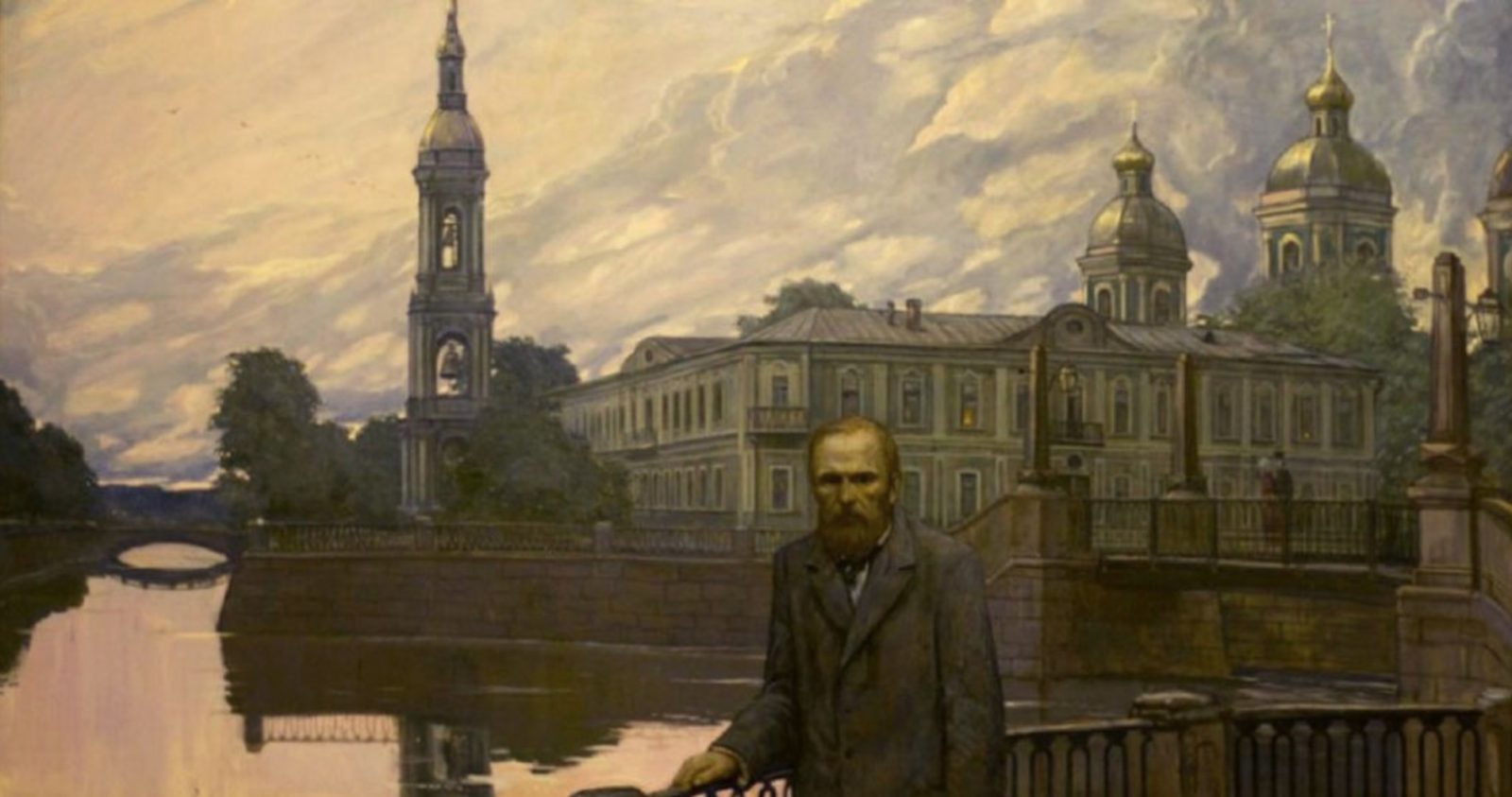
by Gnostic Muse | Feb 9, 2018 | Notables
“I can see the sun, but even if I cannot see the sun, I know that it exists. And to know that the sun is there – that is living.” -Fyodor Dostoevsky Fyodor Dostoevsky, author of Crime and Punishment, The Brothers Karamazov, The Idiot, and many other novels and...
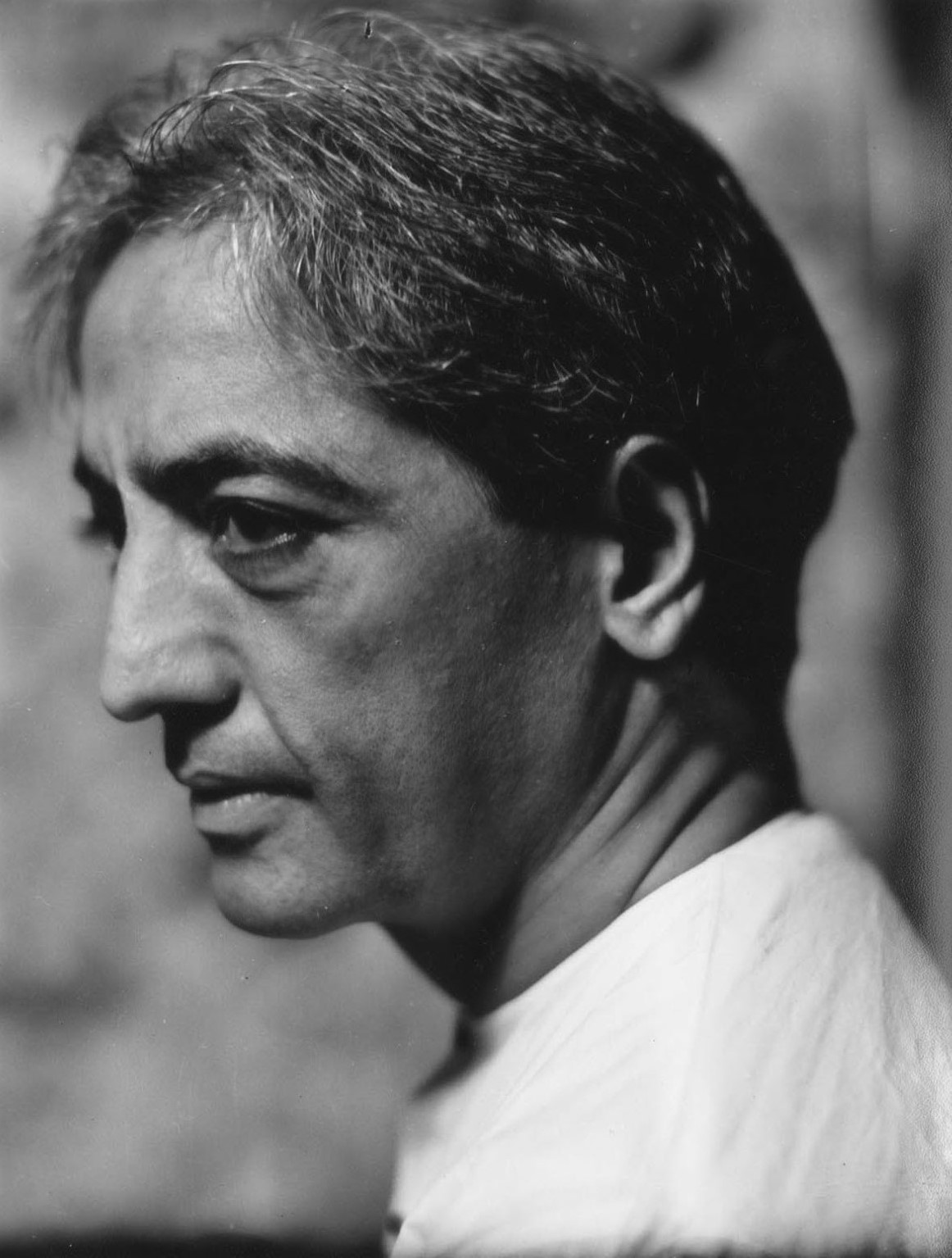
by Gnostic Muse | Jun 17, 2017 | Notables
“If you begin to understand what you are without trying to change it, then what you are undergoes a transformation.”-J. Krishnamurti Philosopher, Writer, and Speaker Jiddu Krishnamurti (1895-1986) was philosopher, writer, and speaker, known for his clear...
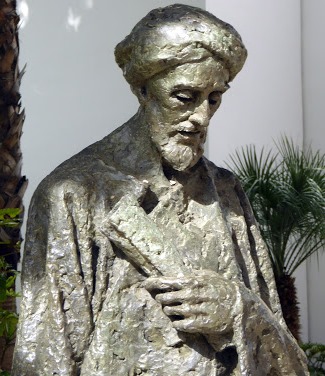
by Gnostic Muse | Feb 11, 2017 | Notables, Poetry
Ahava For you, oh Living God, my being yearns,My spirit and soul is consumed by fire. Your Shekinah indwells the heartsOf your chosen sons and fathers,And Your living creatures harness to chariots And as my heart is filled,Its radiance illumines from within. The...
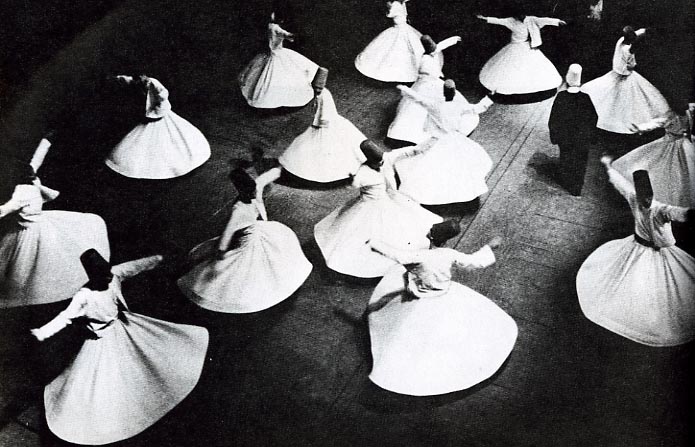
by Gnostic Muse | Dec 13, 2016 | Notables, Poetry, Sufism
Jalalludin Rumi was a Sufi mystic and poet who founded the Mevlevi Sufi order and the famous moving prayer of the whirling dervishes. Rumi was the son of a theologian in 13th century Turkey, which was at that time a part of the Persian empire. The first part of his...
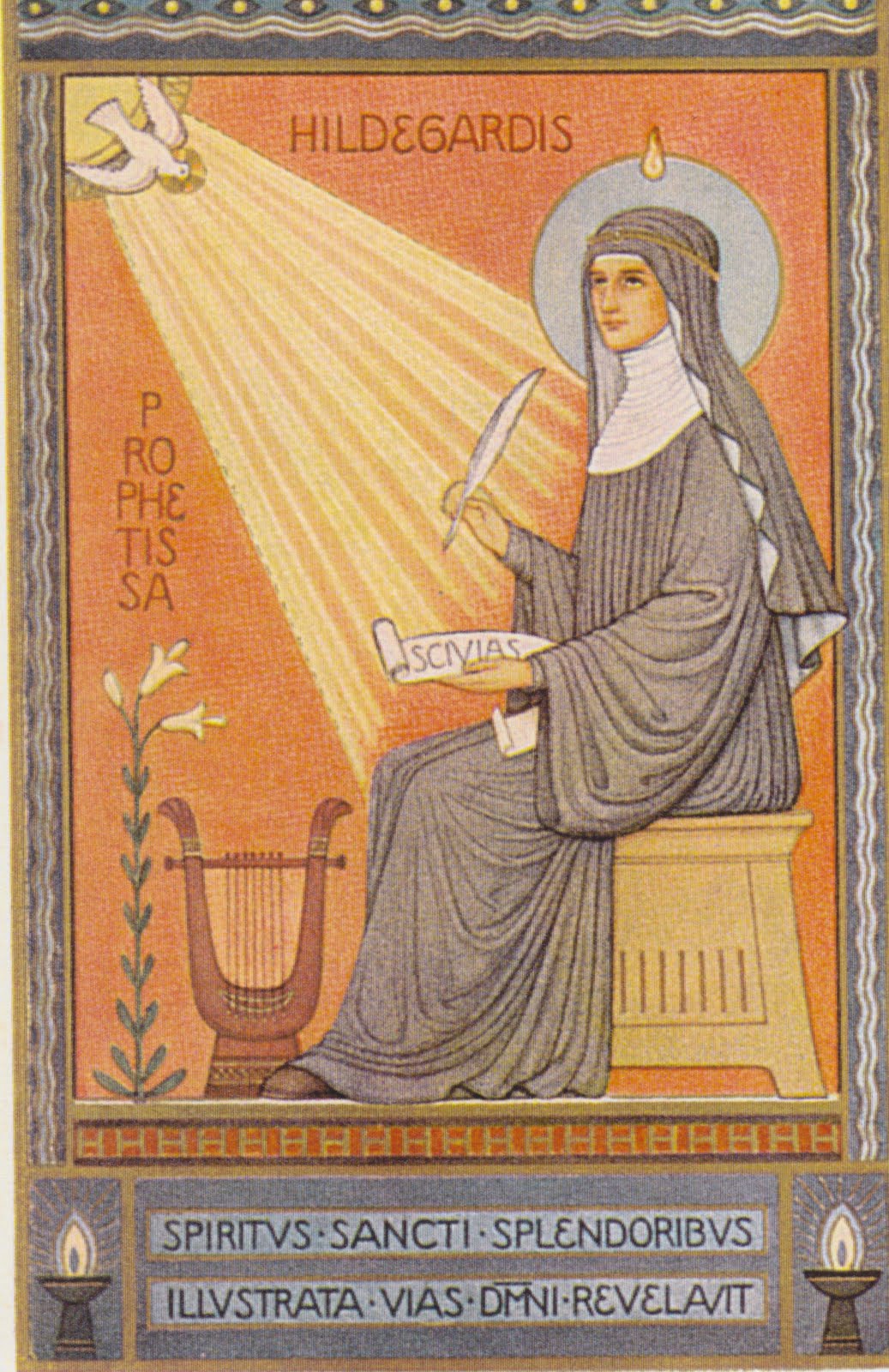
by Gnostic Muse | Jul 13, 2016 | Divine Feminine, Notables
Hildegard of Bingen, (1098 – 17 September 1179), also known as Saint Hildegard and Sibyl of the Rhine, was a German Benedictine abbess, writer, composer, philosopher, Christian mystic, visionary, and polymath. All of the following paintings are by Hildegard of Bingen....







